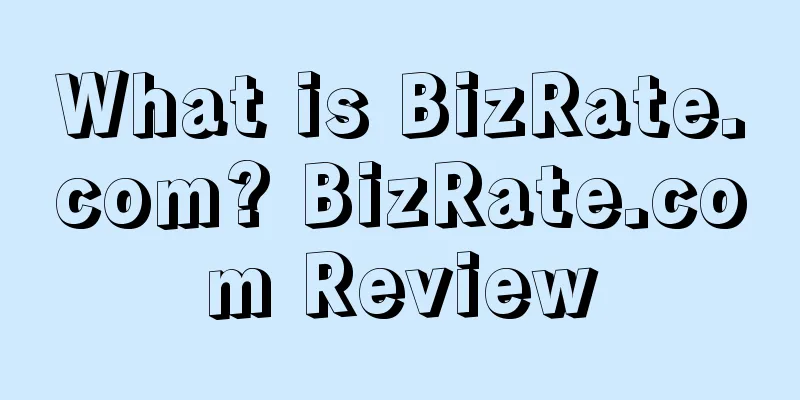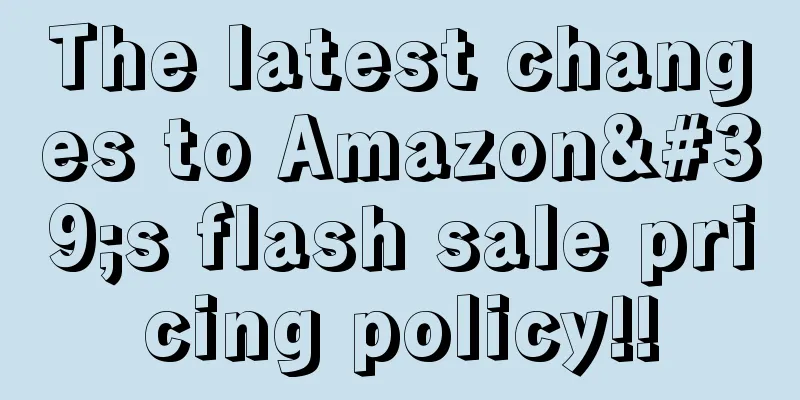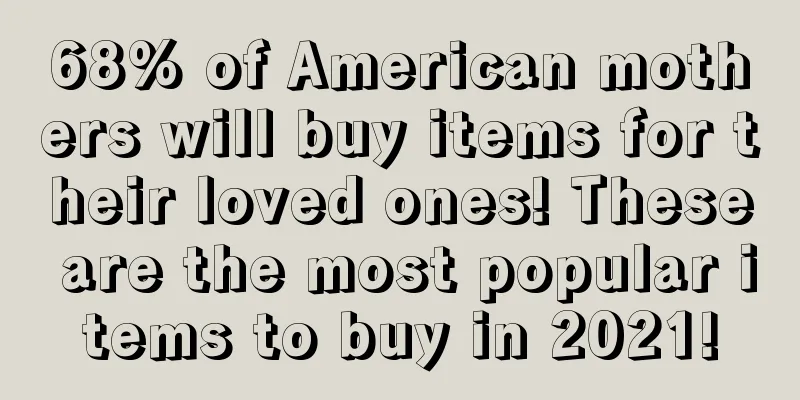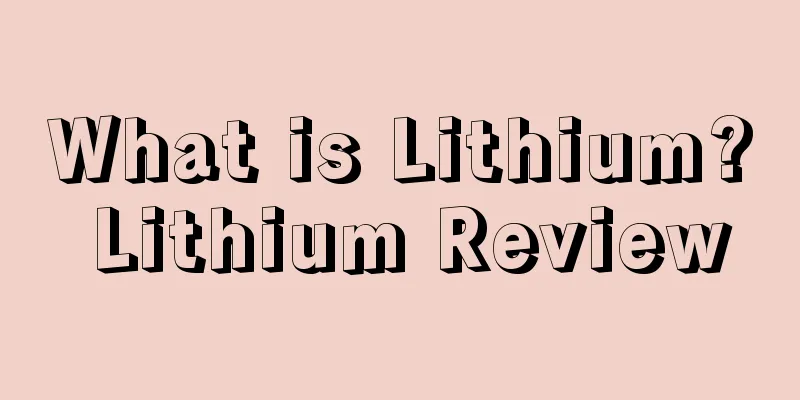Compliance upgrade, invalid payment account...Amazon crisis breaks out!
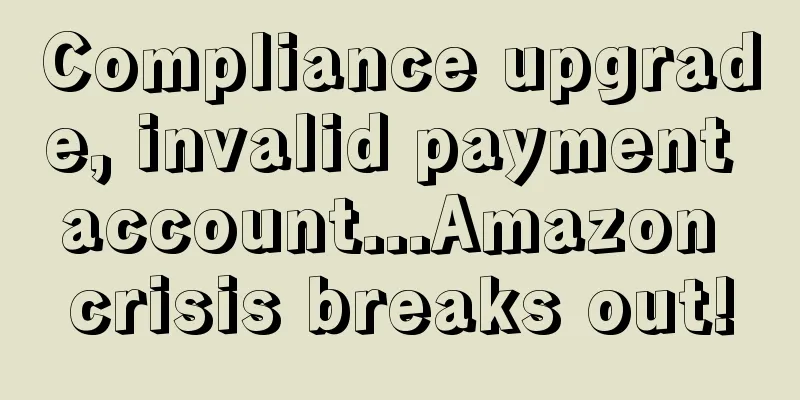
|
Since the beginning of the year, Amazon sellers have been in a state of constant misfortune. First, sellers of pipeline products received compliance policy update notifications from Amazon, and then Wells Fargo withdrew from the cross-border payment collection business, causing many sellers' payment accounts to become invalid... A series of policy changes and emergencies have left sellers overwhelmed.
Recently, Amazon sent a notice to a large number of sellers about the updated compliance policy for plumbing products. The notice clearly stated that from February 18, 2025, all plumbing products sold in the US market must comply with the latest energy efficiency and water conservation standards of the US Department of Energy (DOE). This change has brought huge challenges to sellers of hardware, bathroom, and home improvement. This policy change is directly related to the product compliance and sales stability of cross-border sellers, especially Chinese sellers need to be highly vigilant! Sellers who have received the email need to quickly start the certification process for ASINs that do not comply with the rules. Sellers who have not received the email should not take it lightly and should immediately check the pipeline products that are on sale or planned to be put on the shelves, and compare the regulatory scope through the DOE official website or third-party tools. For affected sellers, the first step to ensuring their products meet DOE standards is to complete certification. 1. If the product needs to be certified, prepare at least 2 unused complete samples. 2. Choose a third-party laboratory approved by DOE for testing. After the test is passed, the laboratory will issue a report and assist in completing registration on the DOE official website. 3. When submitting DOE registration, you must provide complete technical documents (such as product specifications, material lists, design drawings, etc.) to avoid review delays due to incomplete information. 4. Upload the DOE certification number to the product compliance information page in the Amazon backend. Update the product details page and add the energy efficiency label (if applicable). It should be noted that different stores cannot be authorized to use the same certification. For example, if your store No. 1 has completed DOE certification, and store No. 2 also sells the same product, then store No. 2 needs to complete a separate certification.
Recently, Wells Fargo announced its withdrawal from the cross-border payment business, which attracted widespread attention in the industry. Wells Fargo's withdrawal has caused the bank accounts of a large number of cross-border payment institutions (such as PingPong) that cooperated with Wells Fargo to become invalid. As a result, many sellers are in a dilemma of not being able to receive normal payments, and even face the risk of having their funds returned or their accounts frozen. Currently, institutions such as PingPong that cooperated with Wells Fargo have been affected. According to sellers’ feedback, the chain reaction caused by account invalidation has far exceeded expectations! Most sellers have encountered "payment method invalidation" warnings, not only the credit card payment function has been suspended, but even the funds that have been deposited have been forcibly returned. What’s worse is that some sellers have triggered consumer law reviews, video verifications, and even had their funds reserved due to account changes! Faced with this emergency, sellers need to take quick action. First, sellers can log in to their PingPong accounts to check notifications. If they receive a "partial VA upgrade notification," they need to update their payment accounts in a timely manner. PingPong will automatically update the bank account in the seller's backend, and sellers need to use the updated account to rebind on the platform. When updating your account, sellers need to pay attention to the following points: This incident exposed the butterfly effect risk of the cross-border payment ecosystem and sounded the alarm for the cross-border industry. It is recommended that sellers consider factors such as cost, convenience, compliance and stability when choosing a cross-border payment service provider to effectively deal with possible risks and challenges. |
>>: How many of Amazon’s cross-site “black technologies” do you know?
Recommend
What is PCI DSS? PCI DSS Review
The full name is Payment Card Industry Data Securi...
What is HotUKDeals? HotUKDeals Review
HotUKDeals was founded in August 2004 as a discoun...
What is a Wish Trustworthy Store? Wish Trustworthy Store Review
Wish verified stores refer to stores that have pas...
Lowe's total sales for fiscal 2023 are expected to be $86.4 billion, down 11% year-on-year
It is learned that Lowe's reported that its on...
What is Baimahui? Baimahui Review
Baimahui is the full name of Shenzhen Baimahui Con...
Which PPC advertising company is better? Amazon Advertising vs. Google Advertising
Amazon PPC advertising experts can better understa...
Walmart poaches PayPal's CFO to further capture e-commerce market
According to the latest news from Walmart, PayPal ...
Click on this Amazon email and your hard-earned money will be gone
First of all, I would like to give an urgent repo...
What is Amazon's Intellectual Property Policy? Review of Amazon's Intellectual Property Policy
Amazon is committed to providing customers with th...
PayPal's revenue in Q2 increased by 9% to over $6.8 billion! Active users reached 429 million!
It is learned that after releasing better-than-exp...
What is Musiio? Musiio Review
Founded in 2018, Musiio is the first venture-backe...
What is Feedbackz? Feedbackz Review
Feedbackz is similar to Feedback Genius, but it fe...
3 Ways to Play with Amazon's 100% Strike-through List Price
Everyone should know that there are several impor...
Amazon Listing Optimization Product Q&A
1. What is Q&A Q&A, or Customer Questions ...
New logistics situation? How can Amazon sellers prevent warehouse delays?
Yesterday, a Canadian trade union organized a stri...

